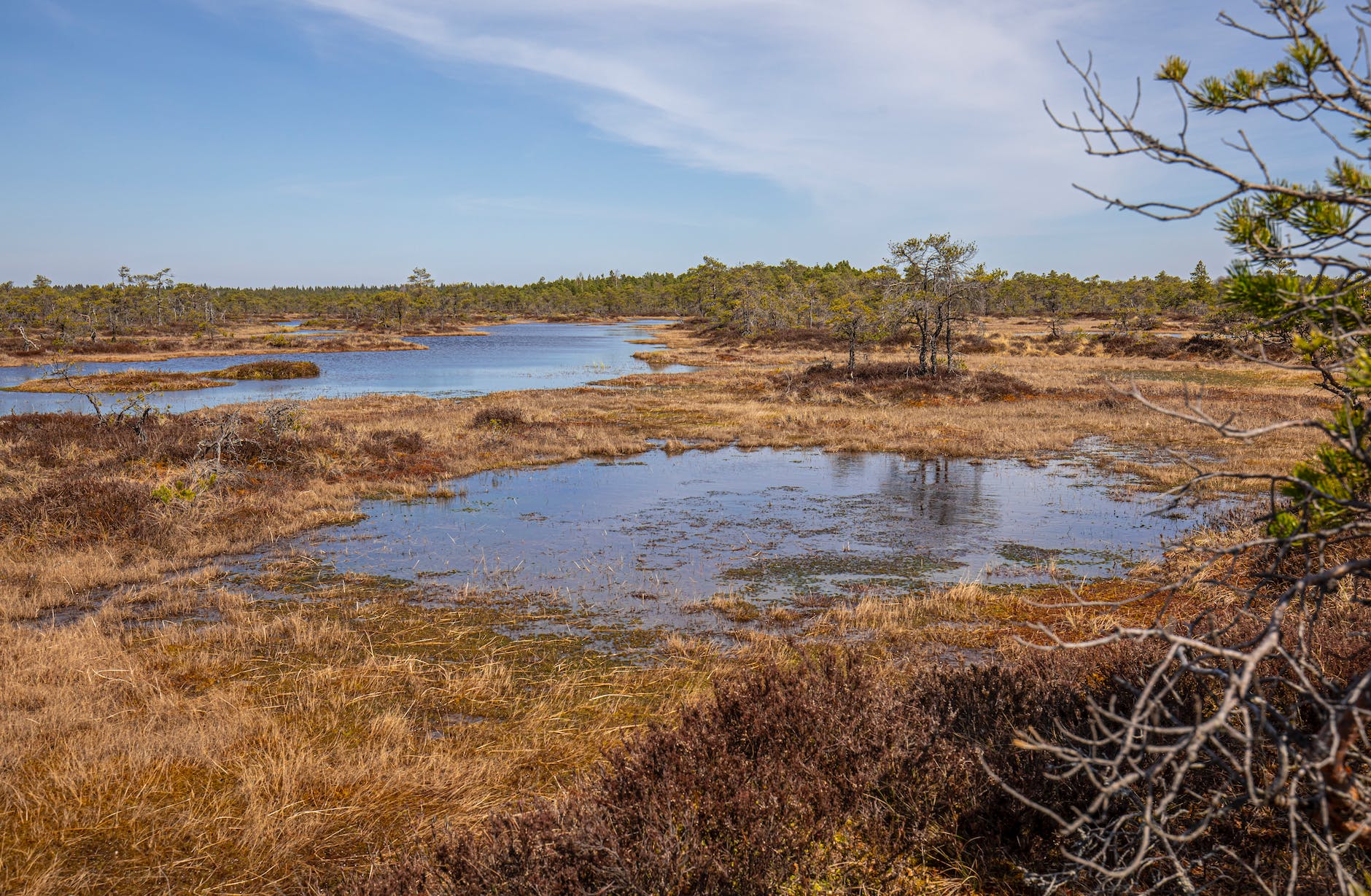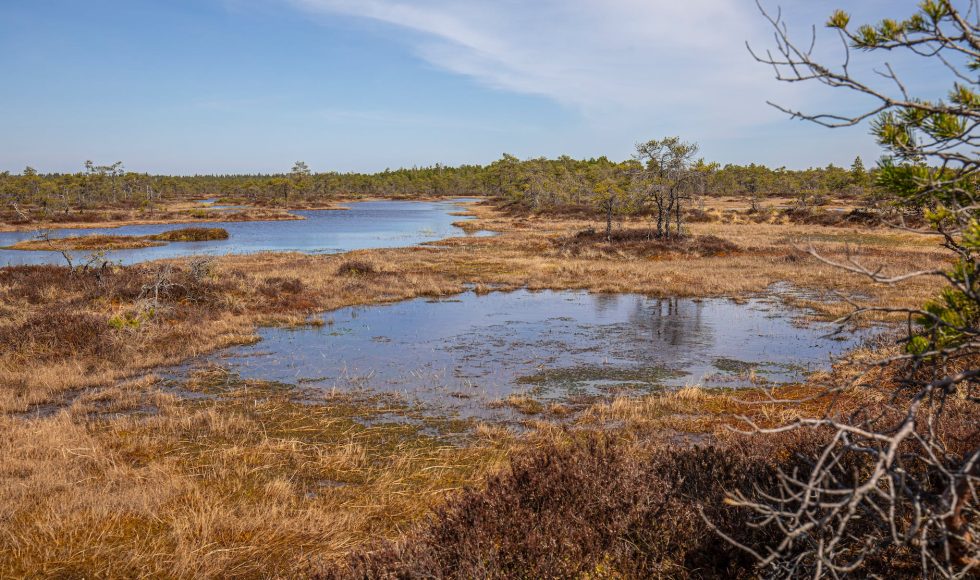Marie Charlotte Schoelmerich from the University of California, Berkley presented at London Calling 2023 about “Confirmation of borg extrachromosomal genomes: analysis of their methylation patterns, metabolism, and tandem repeats.” Schoelmerich is a postdoc in Jill Banfield’s lab and spoke about the key role of microorganisms in methane cycles. Methane emissions are driving climate change, and the Banfield lab is interested in who are the microbial players in methane production and cycles. There are also archaea, Schoelmerich explained, that can consume the process. These organisms have “Borg” DNA elements that seem to help them consume methane. The Borg DNA, for example, can contain the MCR complex. The Borg DNA is linear, dsDnA, and up to 1.1 Mbp in size. Schoelmerich noted they are clearly not part of the bacterial chromosome. All the genes are carried on one strand. There are also tandem repeats that are evolving just like CRISPR elements. Schoelmerich and team wanted to study the function of the tandem repeats. The repeats can be found in intrinsically disordered regions of open reading frames, and the team thinks they are involved in regulation. Schoelmerich teamed up with Oxford Nanopore Technologies (ONT) to use long-read sequencing to study the genome topology and length of the nucleotide tandem repeats. These tandem repeats were not clear when using Illumina reads. The research team discovered seven new Borg genomes and the first complete host genome. Borgs have a characteristic G+C content, and the team plotted contigs that matched existing Borg genomes and new contigs with similar features. The new genomes will help to establish the Borg core genome and proteome. Sequencing using ONT also helped identify distinct and “pervasive modification patterns in Borg and host DNA.” The Borg genomes seem to have two methylation motifs: TC and CC. Most motifs (71%) were in noncoding regions, and >100 motifs were found in 1kb! What is the role of hypermethylation of these non-coding regions? The team hypothesizes they could be important in gene regulation. I didn’t know much about the Borg genomes, and this session provided a thorough overview and example of how metagenomics has helped identify novel Borg DNA.



